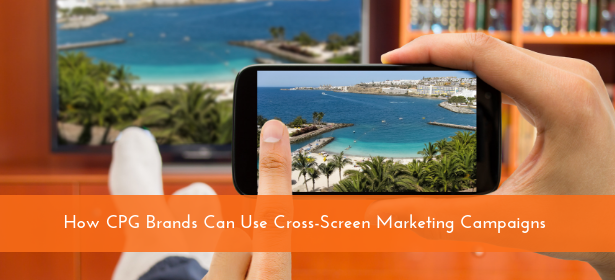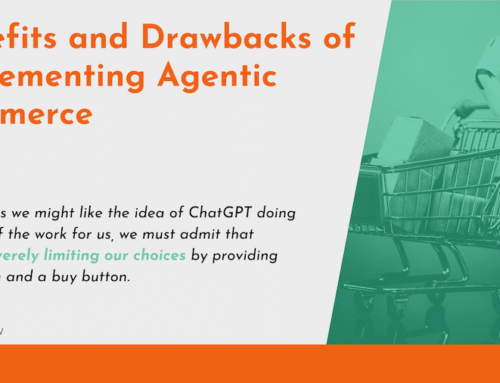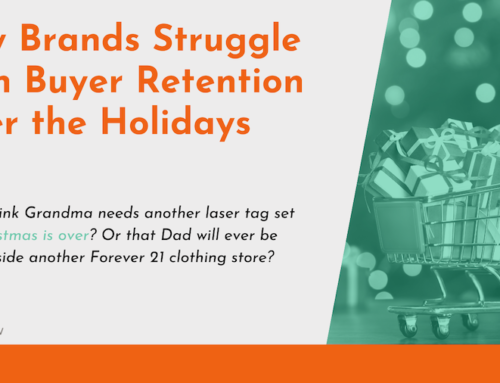
Omni-channel marketing is a must for brands that want to connect and engage with younger generations. While Generation X and Millennials move seamlessly from up to three different screens throughout the day, Generation Z will use up to five—television, tablet, smartphone, laptop, and desktop. Omni-channel marketing has made it possible to reach all generations on all screens, but it doesn’t necessarily focus on cross-screen marketing.
While cross-screen marketing can be described as multi-channel, the reverse may not always be true. Cross-screen marketing is a targeted campaign designed to provoke action on multiple devices. One of the most popular cross-screen campaigns in recent history was introduced during the television show The Walking Deadon the AMC network. Viewers were encouraged to watch the episode on television during the scheduled broadcast while also tuning into a website or app on their mobile devices.
The use of two or more screens is nothing new to consumers. Statistics show that 61% of mobile device owners check email while watching TV and 47% visit social networks. Where things get interesting is that 37% of users will look up information pertaining to what they’re watching, and 27% will look up product information based on an ad.
With so many people already using multiple screens, why not create marketing campaigns to take advantage of that?
Benefits of Cross-Screen Marketing Campaigns
A targeted, well developed cross-screen marketing campaign can significantly increase your sales. In the retail sector, combined digital and television campaigns resulted in online sales increases of up to 129% and an increase of up to 146% in brand penetration.
These numbers are only likely to go up with the increase of digital media by 16% and video by nearly 25% in 2018. Various other technology developments will continue to grow in popularity, such as over-the-top or “smart” televisions, which are those that use or include streaming devices and apps such as Netflix, Amazon Prime, Hulu, and others. As of this year, only 58% of marketers are investing in these OTT devices, meaning there’s plenty of room for growth.
The biggest benefit of these connected devices is the amount of data that can be collected about the audiences. Information that users voluntarily supply, including more than general demographic information, can be used to create targeted ads across multiple screens.
Examples from Brilliant Cross-Screen Marketers
Creating a cross-screen promotion could be as easy as instructions to text a specific message for more information at the end of a television commercial, but there are opportunities to expand the possibilities. Let’s consider some of the top multi-screen campaigns from food and beverage brands.
Starbucks
Always a leader in using marketing technology, Starbucks has often made use of omni-channel marketing techniques. Their latest cross-screen campaign promoted their Frappuccino Happy Hour with both website and television commercial videos during the ten-day campaign. The Starbucks app also got in on the action, all culminating with a message for users to text “WOOHOO” with their mobile devices to learn more.
The use of multiple screens during the ad’s lifetime ensured that the largest number of people possible would have access to the campaign—television, mobile app, and website. The campaign made use of the Millennial and Generation Z’s “fear of missing out” by offering exclusive information to those who completed the task of texting.
Nabisco
Another stellar brand using cross-channel marketing campaigns to great effectiveness is Nabisco, which used TV ad time during the Olympics to boost snack brands Oreo, Ritz, and Chips Ahoy! with added digital banners, custom hashtags, and social media contests.
Throughout the Games, Nabisco aired various commercial spots, inviting viewers to share their own #CantMissMoments with photos of their favorite snacks for a chance to win big prizes. Even those not viewing during scheduled broadcasts could get in on the action through streaming specific events, due to the digital banners and the engagement from other customers on social media.
Cross-channel marketing is a must for CPG brands in this digital age, regardless of the size of your business. Video, social media, email, apps, and push notifications can all be used in tandem to great results. If we can help you develop a cross-channel marketing campaign for your CPG brand, don’t hesitate to reach out.





